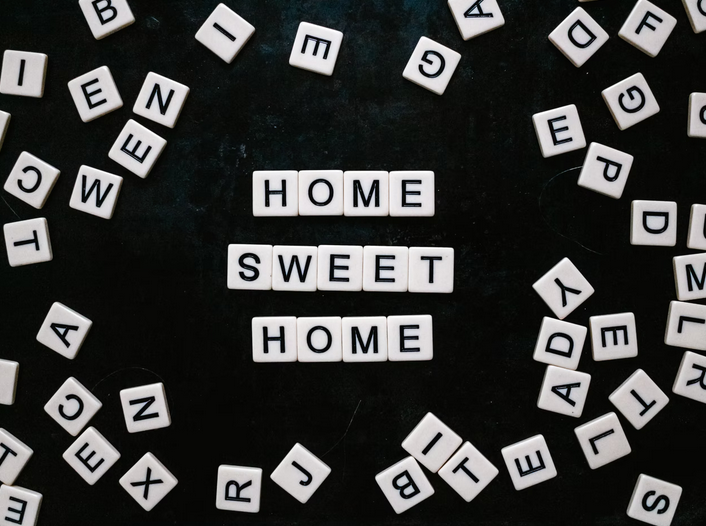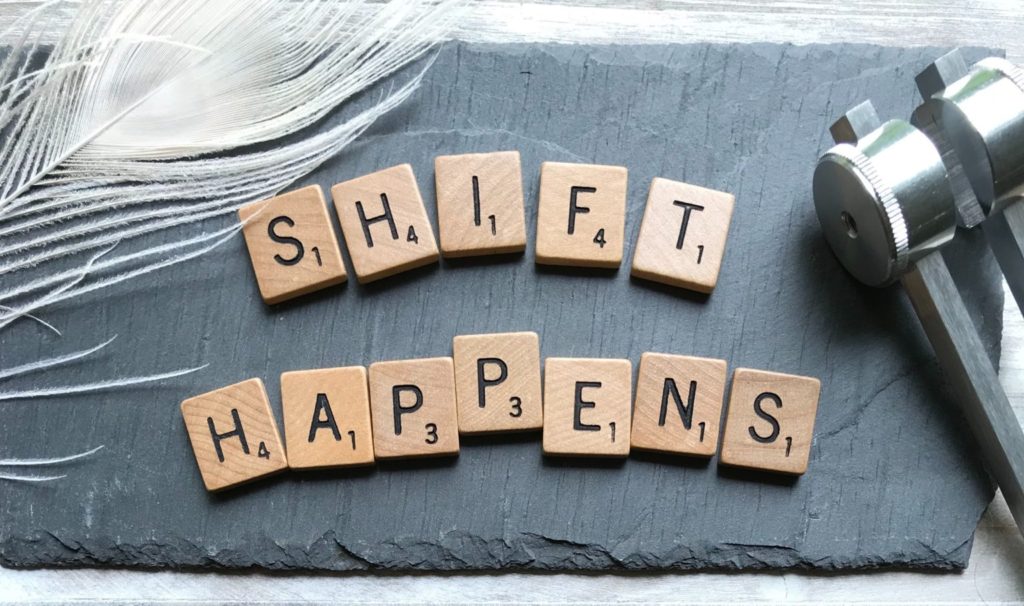Hypnosis for Anxiety, Panic, and Depression
Do you struggle with unwanted thoughts or overwhelming sensations? If you leave them unresolved, they can grow into anxiety, panic, or even depression. Sometimes anxiety fades, but other times it feels unbearable.
Here’s the truth: just because you feel something, you don’t need to act on it. With hypnosis, you can acknowledge the feeling, allow it to be there for a moment, and then release it so you regain focus and control.
How Anxiety Builds
When anxiety strikes, you may try to dismiss your thoughts, suppress them, or push them away. Hypnosis shows you why that doesn’t work.
Imagine forcing a beach ball underwater. No matter how hard you push, the ball pops back up. Anxiety works the same way. When you suppress it, it often resurfaces at random and unexpected times.
This constant battle makes people feel out of control. Thoughts like “I’m going crazy” or “life is hopeless” can take over. Left unchecked, hopelessness can slide into depression.
Hypnosis with Unconscious Resilience Therapy™
No matter how long you’ve lived with anxiety—years of panic or just a recent flare-up—hypnosis through Unconscious Resilience Therapy™ (URT) can help you find relief quickly.
URT combines a waking-hypnotic trance with mindfulness-based parts therapy. This unique method trains your mind to respond differently to anxious thoughts. While it works best in a session, you can try three simple steps right now to see how it creates distance from anxiety.
Step One: Just Breathe
Start with your breath. Take slow, deep breaths in and out. Notice your body begin to calm. You may feel tension in your chest, stomach, or throat. Focus on those areas with curiosity rather than fear.
Breathing relaxes your body and clears your mind. When you relax, you make better choices because you feel calm, not emotionally charged.
Step Two: Practice Gratitude
Next, extend gratitude to the anxious part of you. It has been trying to protect you, but it’s simply overworked. Tell it that it doesn’t need to work so hard right now.
Gratitude doesn’t mean agreement. Instead, it validates your natural response. By acknowledging this part, you allow it to step back instead of letting it control you.
Step Three: Ground Yourself
Finally, use the 5-4-3-2-1 grounding method:
-
Five things you can see
-
Four things you can touch
-
Three things you can hear
-
Two things you can smell
-
One thing you can taste
As you ground yourself, imagine your anxiety drifting away—like balloons rising or a leaf floating downstream. Hypnosis strengthens this imagery, helping your mind let go.
Why Work with a Hypnosis Coach?
You can practice these steps on your own, but a URT coach or therapist trained in hypnosis can guide you more effectively. Experiencing URT in session feels powerful and life-changing.
Hypnosis with URT doesn’t just help with anxiety. It also supports relief from pain, depression, worry, and more. Even children and teens can benefit from these techniques.
✨ Hypnosis helps you shift from feeling stuck in anxiety to regaining control, calm, and clarity. With practice, you’ll build resilience and discover freedom from the thoughts that once held you back.



